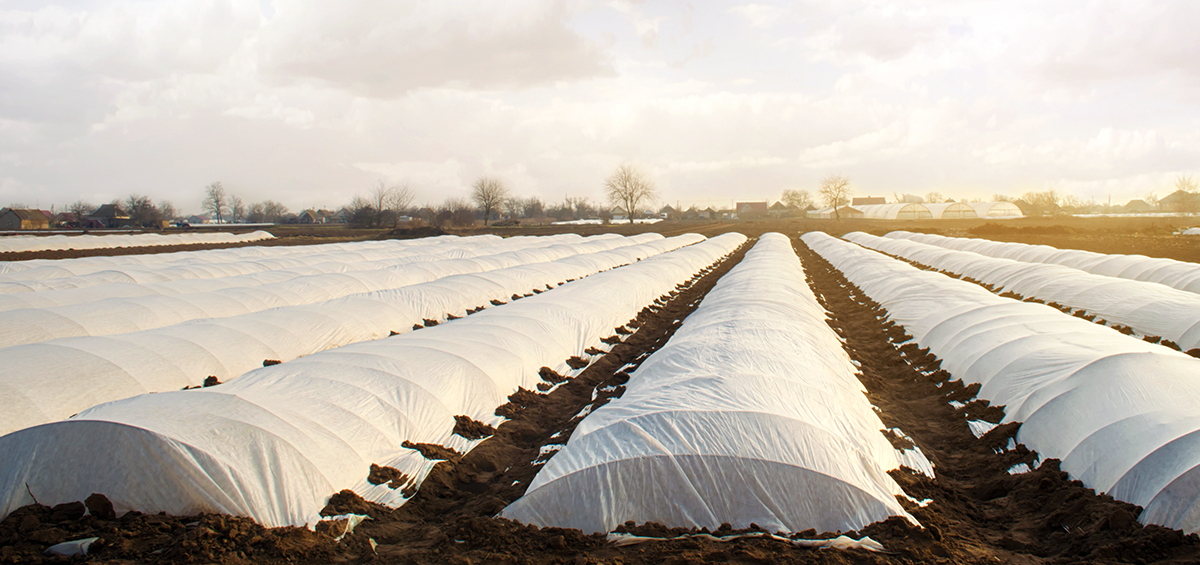Strong winter combined with a bit of snow can be a great danger for evergreen plants. Snow keeps plants during clear, winter days of drying out. Around the plants should stub branches of conifers, to keep the snow. These branches, if there is no snow, protect the plant from strong sunlight. After a strong winter branches should be removed to avoid delays in growth and development. Very good protection are jute bags (used in farming), which protect the plant from the sun and wind.
In winter period under the influence of sunlight and frost comes to strain of tree bark. Sometimes the strain is too hard and bark cracks. Scars that then occur in the spring are ideal places for the emergence of various pests. To prevent cracking of bark, the tree should be coated with lime solution. White color reflects solar rays and temperature differences are smaller. Also is important to protect fruit tree from rabbits, whom bark is favorite food during the winter . Protection can be mechanical, wrapping trees with jute, straw or chemical.
Winter protection does not mean to keep plants warm, but to manage protection from damaging wind, heavy snow and ice, the alternate freezing and thawing of the soil beneath the plants and heat from the sun on very cold days. Protecting plants in winter can help prevent winter scald, frozen roots, foliar damage and even death.




